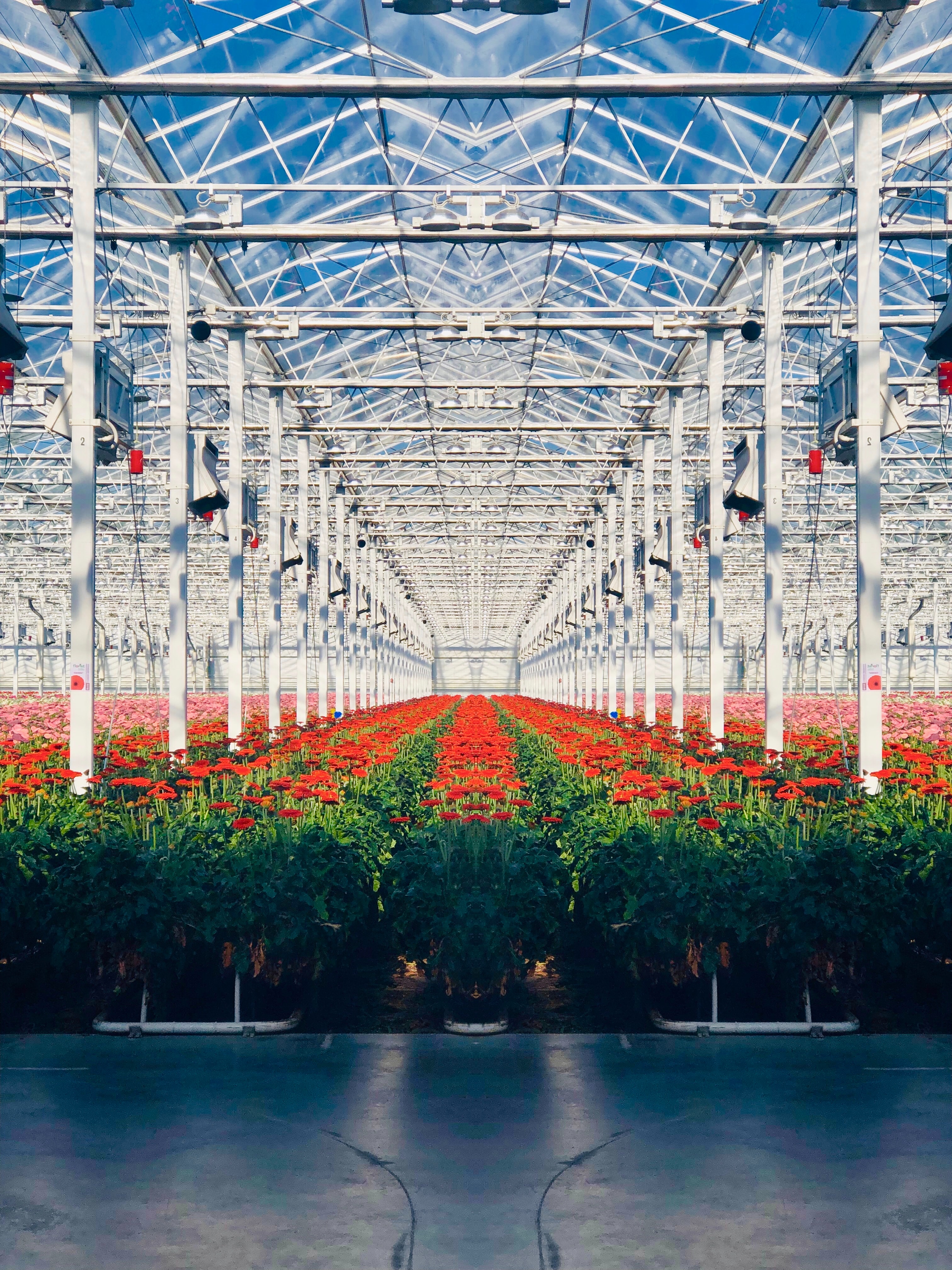Glasshouse technology at heart of a new technical revolution

This year’s GreenTech Live & Online event saw experts emphasise the key role that commercial horticulture production will play in helping to green our planet and feed the world sustainably, writes Rachel Anderson.
For many of us, the 1980s were largely spent watching the likes of Ghostbusters, ET, and the Gremlins – and playing what now seem like very primitive video games. My favourite game was Tandy’s Caveman. In fact, hours of my youth were spent trying to dodge red-hot volcano lava whilst stealing dragons’ eggs. Meanwhile, across the pond, the number of computer tech jobs in Silicon Valley was multiplying faster than a fungal disease in the glasshouse.
Today, whilst I type up this blog on my snazzy laptop – and whilst growers remotely adjust the settings in their greenhouses and polytunnels, I think we can all safely say that life wouldn’t be the same if that Silicon Valley tech boom had never happened. It’s led to the computer technologies that are part of our everyday lives. And what the panellists at this autumn’s GreenTech Live & Online (2021) highlighted is that – with the latest developments in robotics and data science in mind – we are at the dawn of another global technological revolution.

Credit - "Who's Denilo? on Un splash"
The horticulture sector is at the heart of this movement. Climate change is to our earth what Ghostbuster’s fictitious baddy, the Stay Puft Marshmallow Man, was to New York City. If we’d prefer not to see the world turn into a messy S’More, we need to tackle the climate change beast head on. And so, as the world seeks to reduce carbon emissions – such as by greening the planet and sustainably growing food closer to where it’s consumed in the cities – there is a growing need for glasshouses.
As strategic adviser for the food sector Rajiv Singh opined during GreenTech: “I see this almost like Silicon Valley back in the 1980s … a lot of firms doing a lot of things and collaborating with each other. I think that’s what the horticultural sector has been like up until now – but I think it’s on the cusp of a very strong upward scaling up…”
Singh certainly makes a good point. Growers need only look at the plethora of apps and other innovations that are being developed for the horticulture sector to see that our technological capabilities are cranking up a gear. Corvus drones, the winner of GreenTech’s Concept Award, is a perfect example. Its fully automatic flying drone uniquely utilises visual odometry (data from moving sensors) software to buzz around the glasshouse monitoring its crops (because GPS signals are too weak under glass).
Who you gonna call? (Ok so not Ghostbusters – more like techies and investors)
By collaborating with ag-techies and investors, growers can further develop glasshouse technologies and help make the production of plants and fresh produce as sustainable and financially viable as possible.
As Tim Briercliffe, secretary general of AIPH (International Association of Horticultural Producers) reminded us at GreenTech: “Addressing sustainability issues is ‘future proofing’ your business.”
He added: “Every business has to be sustainable – it’s a definition of what it means to be a successful business. Yet to achieve that you have to look at a bigger picture. Our product by nature is something which is contributing to the benefit of the planet – we are producing products which are reducing the impact of climate change, helping our planet adapt to that – and the supply chain has to match up to that message.”
It’s understandable that growers may feel overwhelmed right now as they deal with rising energy prices and Brexit- and Covid-related costs and supply chain disruptions. However, because horticulture is at the centre of a new revolution, they should try and stay positive and proudly look to the future.
